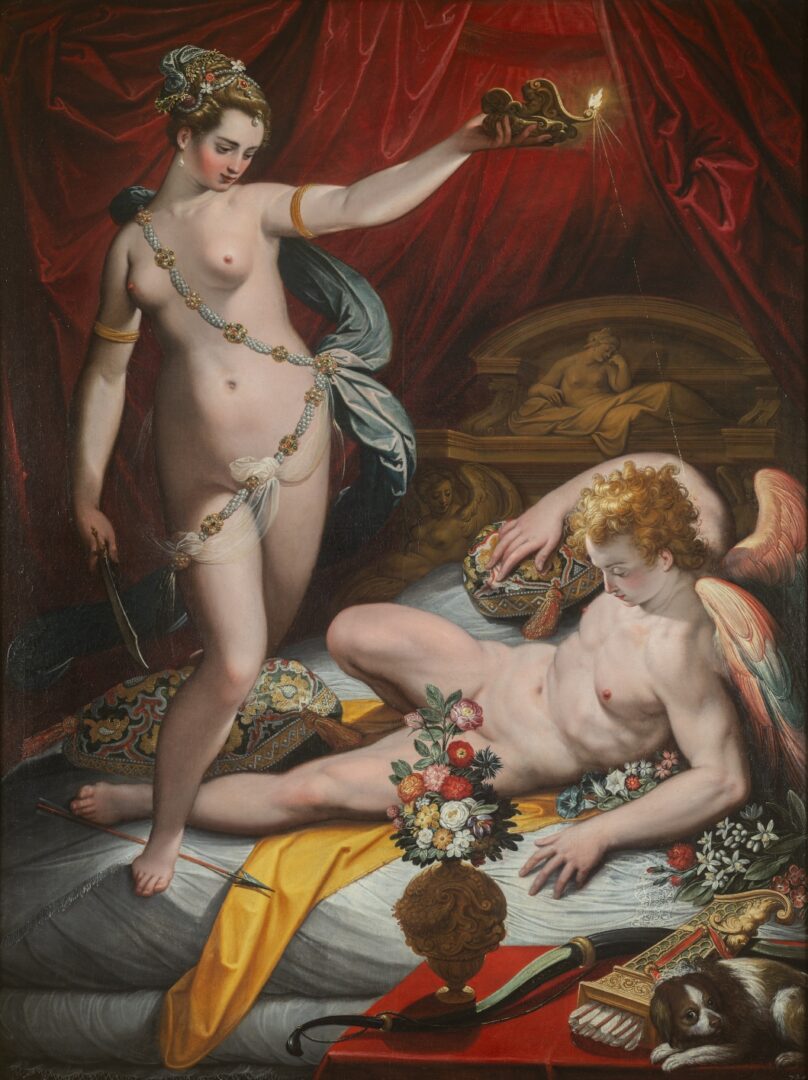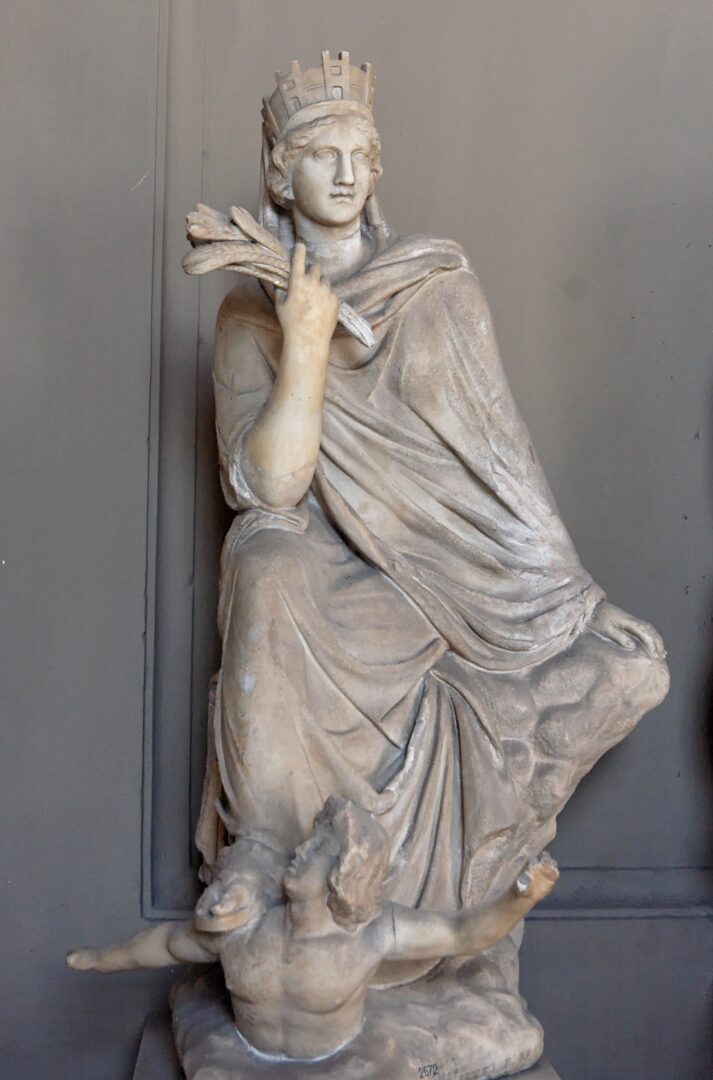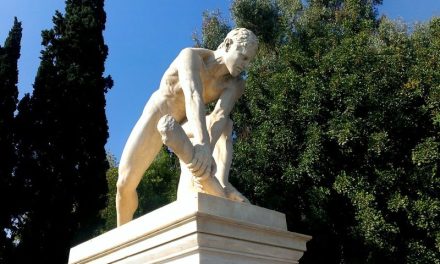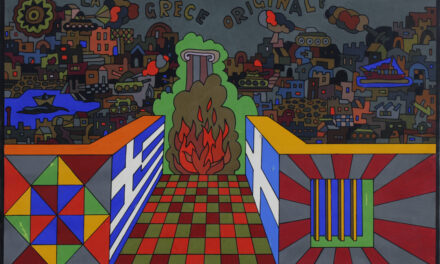How are Jealousy, Envy, Evil, Slander, human passions and emotions personified? And what about Eros (Love), Pothos (Longing), Himeros (Desire), Hypnos (Sleep), Dream and Death? The new exhibition titled NoHMATA “Meanings”. Personifications and Allegories from Antiquity to Today, at the Acropolis Museum, focuses on πersonified concepts and meanings with human or animal form and allegorical stories – from celestial objects, islands, rivers and cities to concepts like Justice and Injustice.
This exhibition forms a unique Tetralogy, where the Greek word NoΗΜΑ (meaning) becomes a NΗMA (thread), and includes various artworks – statues, reliefs and vases, coins, jewellery, paintings, uniting theAntiquity with Byzantium, Renaissance and Modern Art. It comprises 165 works of small, medium and large size from different materials and periods: coins, ceramic and clay ostraca (sherds, fragments), vases, reliefs, statues, manuscripts and books, frescoes and paintings.

A mix of artworks in marble, clay, metal, canvas and colour, most of which are travelling for the first time and come together to delight and inspire, to puzzle and to make you think. Among the artworks that will be presented is the painting of Rubens from the Museo del Prado showing Cronos, the personification of Time, devouring his children, the personified Painting of Bourdon from a private Collection in Rome, the bronze statuette of Hypnos from the Kunsthistorisches Museum in Vienna, the famous Nike Sandalbinder from the Acropolis Museum, a vase by the Meidias Painter from the British Museum, the mosaics of Sea and Ocean from the Archaeological Museum of Thessaloniki, the Allegory of Divine Ascension from the Byzantine & Christian Museum of Athens, the sculpture of Eros and Psyche from the Musei Capitolini in Rome, the Seasons from the National Archaeological Museum, alongside the Seasons of Yannis Tsarouchis from a private Athenian Collection, the Allegory of Slander by Botticelli and his botega, etc.

The exhibition is curated by Professor Nikolaos Chr. Stampolidis, Director-General of the Acropolis Museum, and his associates.
The exhibition is organized into six sections –Time, Nature, Deities, Man, Institutions and Allegories– which become interwoven, leading up to an Epilogue. Each of these has one or more subsections with personifications, symbolic representations and allegories, depending on the number of artifacts and artworks it comprises. In each of the subsections an attempt is made to maintain a chronological order from the earliest to the latest works, but for reasons of emphasis or for practical reasons this principle is not always followed.
TAGS: ARCHEOLOGY | ARTS | HISTORY













